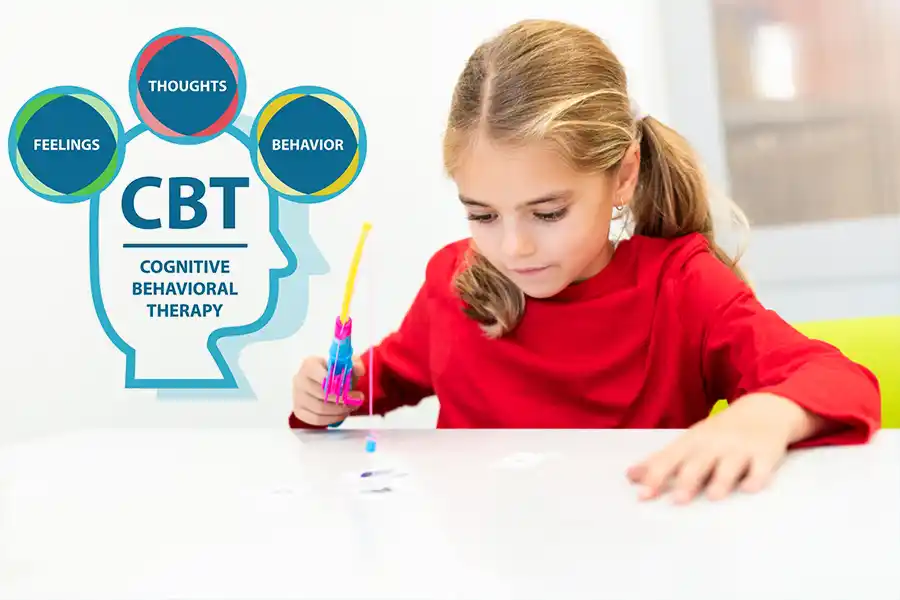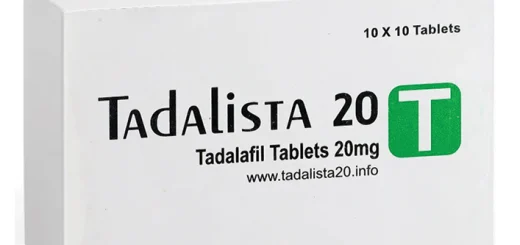Cognitive Behaviour Therapy Exercises: Overview

Cognitive Behaviour Therapy Exercises offer to be a powerful and scientifically proven technique to address negative feelings and thoughts that sometimes act as major setbacks in our lives. These exercises act as valuable tools that help people to understand, tackle, and eventually overcome the emotional burdens that weigh people down.
In this article, we embark on a journey to explore the significance of cognitive behavioral therapy exercises and how they can serve as a pathway to emotional well-being and personal growth.
What is Cognitive Behaviour Therapy?
It is psychotherapy that helps people understand, manage, and cope with their thoughts, feelings, and reactions. The principle behind this approach is that when our thoughts influence our emotions and behaviors we can restructure the unhealthy and unhelpful thoughts to improve our emotional well-being.
When doubts, anxieties, and, self-criticism emerges suddenly, cognitive behavioral therapy exercises serve as a compass. It guides individuals to a better understanding of their inner struggles. By examining the deeper aspects of their emotions, people can finally understand the exact origin of their stressful feelings, and, more importantly, they learn how to face them.
It is a slow process but the transforming power of cognitive behavioral therapy exercises provides individuals with effective coping strategies and reforming their thought patterns. This helps individuals to lead a balanced and fulfilling life.
Uses Of Cognitive Behaviour Therapy Exercises
Now that you have gained some insight into what CBT and associated exercise is, let us look into what changes it can bring to make you feel better.

-
To tackle Anxiety Disorder:
Irrational fears can make you think a lot and can lead to anxiety illnesses like generalized anxiety disorder (GAD), social anxiety, panic disorder, and phobias.
-
Overcoming Depression:
CBT is a salient strategy to treat depression. It helps to recognize negative thoughts and replaces them with positive ones.
-
Post-Traumatic Stress Disorder (PTSD):
People who have suffered serious trauma can experience flashbacks. In order to eradicate their negative association with past traumatic experiences, Cognitive behaviour therapy exercises like exposure therapy and/or cognitive reconstruction always come in handy.
-
Tackling Eating Disorders:
People with eating disorders generally see themselves in a negative light. Their body image issues are triggering factors. With CBT such individuals learn to feel better about themselves and their bodies.
-
Managing Stress:
Cognitive behaviour therapy exercises help people to find the root cause of their stress, helping them to overcome stress by devising a strategic plan
-
Overcoming Insomnia:
A specialized form of CBT helps individuals achieve sound sleep.
-
Improving relationships:
People can figure a way out to improve their relationships by overcoming communication issues, and social anxiety, and through problem-solving.
-
Boosting Confidence and Self-Esteem:
Cognitive behaviour therapy exercises helps you change bad thoughts about yourself and feel better about, who you are. It’s like learning to be your own cheerleader and seeing yourself positively!
Types of Cognitive Behaviour Therapy Exercise
Cognitive Behavior Therapy (CBT) incorporates various types of exercises to help individuals address and defeat above mention issues.
Some common types of cognitive behavioral therapy exercises include:
-
Thought Monitoring:
It is essential to articulate your thoughts well. In order to know your triggers, and precisely understand stopping your negative emotional outcome it is important to articulate your thoughts well. It involves analysis and keeping track of your negative and harmful thoughts.
In order to do this, you can always pen down your impulsive thoughts, record them and if necessary maintain a diary. Remember, these are just thoughts, and you have control over them before they turn into actions.
-
Cognitive Restructuring:
So far you have learned that negative patterns of thoughts are deeply rooted. It is quite necessary to change or establish a new pattern of thought. Cognitive restructuring helps make this transition easy and helps an individual get rid of unhelpful thoughts.
But what do your thoughts get replaced with? This cognitive behaviour therapy exercises helps you achieve a more realistic, rational thought process.
-
Behavioral Activation:
A little pinch of good vibes is all you need to get rid of negative feelings. Participating in rewarding activities and doing activities that give you a serotonin boost can easily help you get rid of lazy, unpleasant, and depressive thoughts.
-
Exposure Therapy:
This cognitive behavioral therapy exercises is about facing things or situations that make you feel worried or frightened. It’s like taking small steps to get used to those situations or fears. By doing it over and over again, you become less scared, and you learn how to handle those feelings better. It’s like becoming braver every day!
-
Relaxation Techniques:
Certain cognitive behaviour therapy exercises help you feel less stressed and more emotionally balanced. One of which is deep breathing, which has calming effects. Muscle relaxation is another technique that helps you to relax your muscles. It helps you relieve your muscle tension. Lastly, mindfulness brings a lot of positive outcomes. Mindfulness is all about finding your inner peace!
You can connect with your medical professional and ask whether you can buy Modactive 200mg
-
Problem-Solving Skills:
This Cognitive behaviour therapy exercises is like a guide to help you solve problems step-by-step.
You begin with learning about your problem followed by understanding it. Then, you think about different ways to fix it and come up with ideas. After that, you make a smart decision on what to do next. It’s like having a roadmap to handle challenges and make things better!
-
Role-Playing:
Role-playing exercises are like fun acting games that help you become better at speaking up for yourself, resolving conflicts, and talking with others. You pretend to be in different situations and practice how you would react and respond. By doing this, you become more confident in dealing with people and handling social situations.
-
Imagery Rescripting:
This technique is like changing the way you think about bad memories or tough situations. You imagine those memories in a better, more positive way, like a happy story. This can help you deal with past traumas and not feel upset when think about it.
-
Goal Setting:
Cognitive behaviour therapy exercises helps you develop achievable goals. Like having a plan for what you actually want to achieve. When you have clear goals, it gives you a sense of who you are and what you want to do. This ultimately helps you stay focused and motivated to work.
Conclusion
Cognitive behaviour therapy exercises offer a powerful means of overcoming troubles and achieving positive change. With the guidance of a skilled therapist, these adaptable tools can reshape negative thought patterns, emotions, and behaviors, fostering resilience and growth. CBT exercises can help you improve your mind and heart for a happier, healthier future.
[WPSM_AC id=5331]








